This poem analysis of Pablo Neruda’s poem ‘Brown and Agile Child’ is divided into three parts – rhyme scheme and rhetorical devices, deeper significance, and title.
Rhyme Scheme and Rhetorical Devices: ‘Brown and Agile Child’ is written in free verse, as are most of the other poems of Neruda. The use of free verse is conducive to the lyrical quality of his style of writing poetry. However, since we can only access his poems in translation, and because free verse has automatically been adopted by his various translators, individual translations do not merit too much comment on rhyme scheme.
This poem explanation would be incomplete if it did not mention the rhetorical device of metaphor that is so beautifully used by Neruda. Neruda compares the child to many things such as the bee, the water, the field of wheat, the butterfly, the sun, and the poppy. One could go on and on about how apt these comparisons are, but because of the brevity of poetry as a literary form, Neruda has been forced to do so in as few words as possible. This is where the metaphor has come in handy for him. In very few words, he has been able to justify every comparison, and not only that, but additionally he has also used the metaphors to greatly increase the lyrical quality of ‘Brown and Agile Child’.
Deeper Significance: This part of the poem explanation focuses on an interpretation of the poem ‘Brown and Agile Child’ as a conversation that Neruda has with his childhood self. After reading the entire poem, one gets the sense that Neruda thinks of childhood as a very organic phase of life. That is why he constantly connects the child in the poem to nature (sometimes with the use of similes as mentioned above). In saying all this, he is also saying that he is thankful for the kind of childhood he himself had had, growing up in a supposedly exotic Latin American country like Chile, where he was exposed to much sunlight, many water bodies, and a lot of agricultural fields. However, as opposed to this exciting and activity-filled childhood, his life as an adult feels like a burden bearing down on his shoulders. That is why he tries to seek out the child he had once been and to return to the joyous life he had once lived, but he can, at the same time, feel himself drawing away slowly but surely from the past. Nothing pulls him towards the past; aging is an irreversible process, and he is deeply aware of that. This is what makes him sombre, but he continues to cherish his childhood and all that it had given him in bringing him close to the nature of his motherland.
Title: This part of the poem analysis focuses on the title of the poem ‘Brown and Agile Child’ to examine whether it is appropriate as a title. In the twenty-first century, any thoughtful reader would be surprised to find the child described in terms of the colour of his skin, as Neruda does in the title of this poem. However, any amount of familiarity with Neruda’s life and his career as a diplomat will show that nationality is an important issue for Neruda (as it also is for many other Latin American authors as well; for example, Gabriel Garcia Marquez). The fact that he hails from a tropical country where the light of the sun makes the skin of the inhabitants brown is a very important part of his own identity. Since he had had to leave Chile and live in exile abroad when Communism was banned in his home country, he looks back to his childhood self as an essentially Chilean self, and consequently, as a brown child. The other thing that the title of this poem immediately makes us aware of is that of the agility of the child. At an advanced age, Neruda’s bones have weakened and he can no longer move as fast as he used to when he was a child. His life has become stagnant, and that is why he tries to recapture his childhood. Hence, agility too is an important aspect of his childhood self that he wishes to remember. Hence the title ‘Brown and Agile Child’ is actually quite apt for this poem, though it may seem a little incongruous at first.
Dear Readers- If this summary/analysis has helped you, kindly take a little effort to like or +1 this post or both. Make sure you like Beamingnotes Facebook page and subscribe to our newsletter so that we can keep in touch. We’ll keep informing you about stuffs that are really interesting, worth knowing and adds importance to you.
Some online learning platforms provide certifications, while others are designed to simply grow your skills in your personal and professional life. Including Masterclass and Coursera, here are our recommendations for the best online learning platforms you can sign up for today.
The 7 Best Online Learning Platforms of 2022
- Best Overall: Coursera
- Best for Niche Topics: Udemy
- Best for Creative Fields: Skillshare
- Best for Celebrity Lessons: MasterClass
- Best for STEM: EdX
- Best for Career Building: Udacity
- Best for Data Learning: Pluralsight



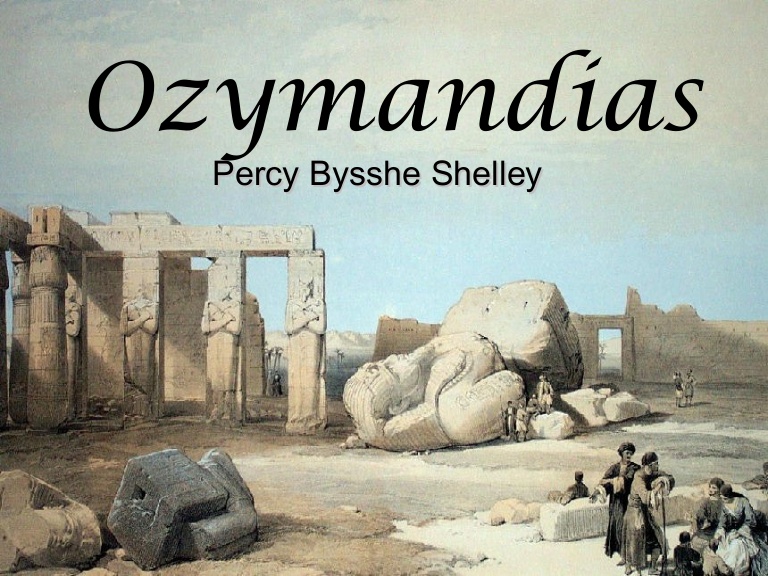
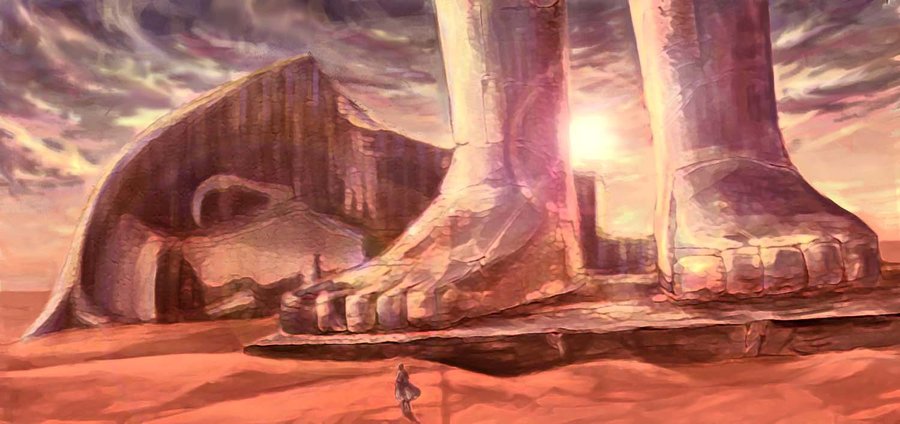
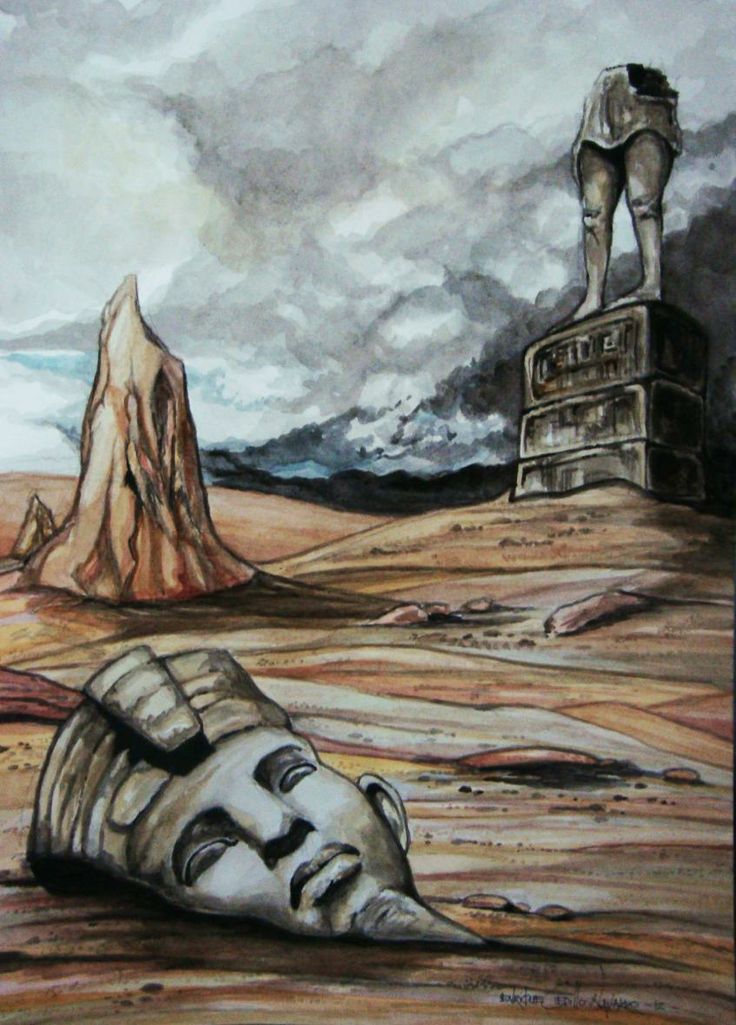

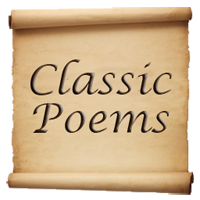
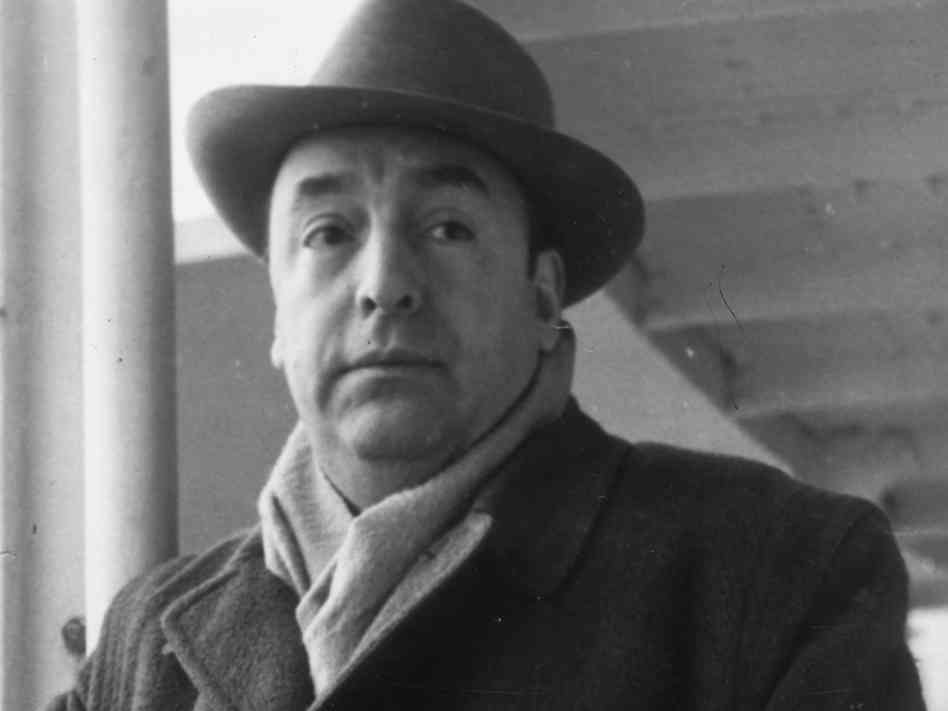
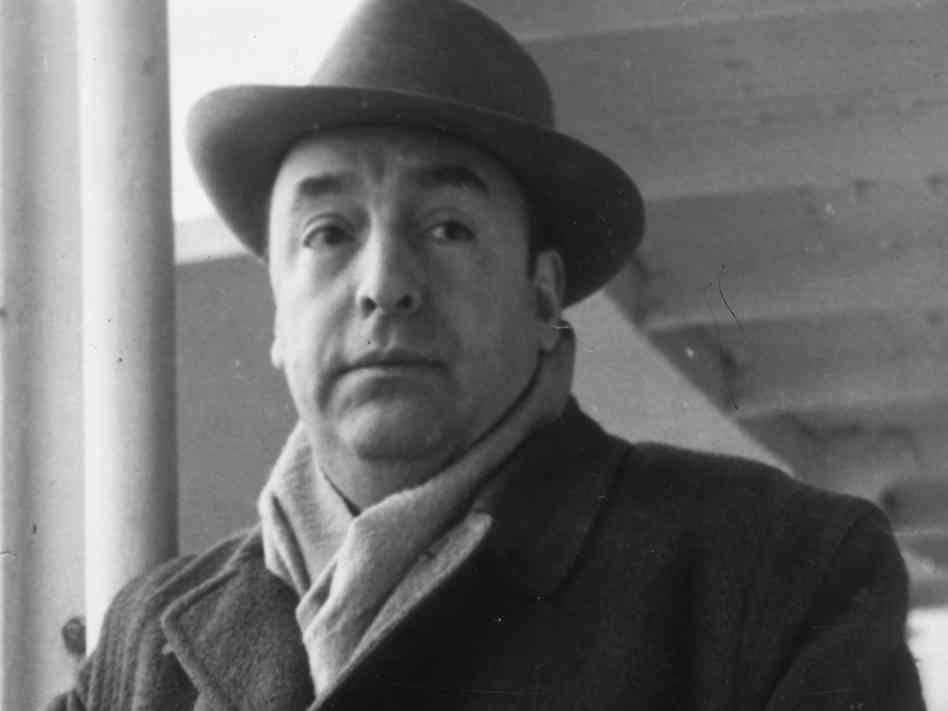





thankyou for this relevant information